Socio -economic support in all circumstances
Immediately after the August Revolution, on November 14, 1945, the Government Council decided to establish the Ministry of Agriculture to reorganize agricultural production, helping to push back famine. The issuance of "Uncle Ho's banknotes" in 1946 and the policies of crop rotation and crop increase helped food production double in 1945, laying the foundation for the young government to overcome difficulties.
During the resistance war against France, agricultural tax became the main source of state revenue, accounting for 86.2% of the budget in 1951 and helping Vietnam's budget revenue exceed expenditure by 16% for the first time in 1953. In the same year, the Land Reform Law was born with the slogan "land to the tiller", creating a breakthrough in land ownership, mobilizing people's strength for the historic Dien Bien Phu victory.
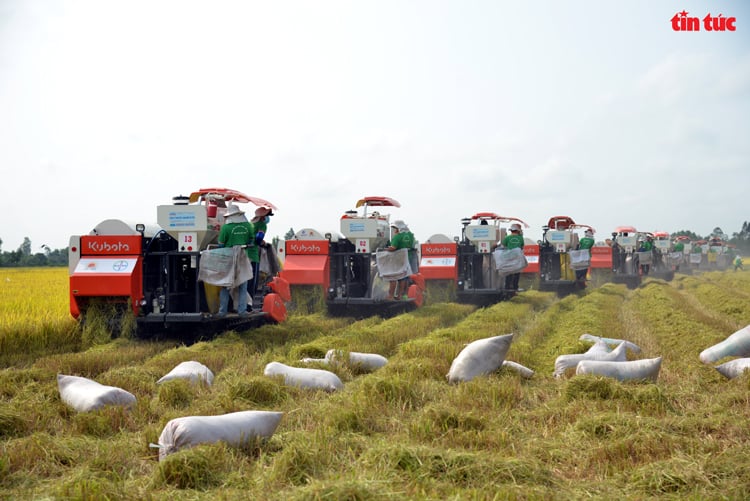
During the period of building socialism in the North (1955-1975), agriculture continued to be the force providing logistics for the Southern battlefield, making an important contribution to the unification of the country. "Block breaking" initiatives such as product contracting in Hai Phong, Long An and the "price compensation in salary" model in the late 1970s created a positive ripple effect: the market was vibrant, consumer prices decreased, and the salary fund increased 7 times.
From the successful lesson of the spontaneous experiment in Hai Phong and the widespread trend of the "underground contracting" model, on January 13, 1981, the Party Central Committee issued Directive 100 CT/TW on "Improving the contracting work, expanding product contracting to labor groups in agricultural cooperatives," marking an important breakthrough in economic innovation thinking. Total GDP in the period 1977-1985 increased by 4.65%/year, of which agriculture increased by 4.49%/year.
Conclusion of the Politburo (September 20, 1986) on implementing a multi-sector economic policy, allowing ownership of economic sectors; innovating the management mechanism, eliminating centralized, bureaucratic, administrative, subsidized mechanisms to implement economic accounting and socialist business...; innovating the economic structure, must "truly consider agriculture as the top front". The 6th Congress put forward new viewpoints to overcome difficulties, maintain political stability, and solve urgent socio-economic problems.
Decree 64/1993 allocated land to farmers for long-term stability, recognized land use rights as assets under the 1993 Land Law, and created motivation to liberate production. At the same time, the farm economy developed strongly, and its role was established in Resolution 6 of the 8th Central Committee in 1998.
Thanks to innovative thinking, in 2010, agricultural export turnover reached 19 billion USD, a sharp increase compared to the 1990s. Entering the 2020s, agriculture is still the economic "support": GDP of the industry increased by an average of 3.57%/year in the period 2021-2024; export turnover in 2024 reached nearly 63 billion USD, ranking 15th in the world and 2nd in ASEAN; agricultural products are present in 196 countries and territories.
The new rural program (since 2009) has created a new look: by June 2025, 78.7% of communes will meet the standards, rural income will reach 54 million VND/person/year in 2024, and the multidimensional poverty rate will be 3.5%. The OCOP program with thousands of standardized products has expanded economic opportunities and enhanced local values.
Strong breakthrough in growth model innovation
Entering the 21st century, the demand for international integration has pushed Vietnamese agriculture to transform strongly towards a more modern and sustainable direction. From a production based mainly on manual labor and small scale, agriculture has risen to become a dynamic economic sector, capable of competing globally. Agricultural export turnover has increased dramatically, from 19 billion USD in 2010 to nearly 63 billion USD in 2024, making Vietnam 15th in the world and 2nd in Southeast Asia in agricultural exports. Items such as rice, coffee, wood and seafood are continuously in the billion-dollar export group, making an important contribution to the trade surplus for many consecutive years and increasing the country's foreign exchange reserves. Currently, Vietnamese agricultural products are present in 196 countries and territories, marking their quality and reputation in the world market.
Not only an "export machine", agriculture is also the livelihood foundation of nearly 10 million farming households, along with millions of business households and rural service enterprises. The stable growth of the industry creates a "security cushion" for the economy: average income in rural areas reaches 54 million VND/person/year in 2024, 1.3 times higher than in 2020; the multidimensional poverty rate drops to 3.5%. While the world economy faces many shocks such as recession or trade disruption, Vietnam's agriculture still maintains positive growth, with an average of 3.57%/year in the period 2021-2024, continuing to be a "bright spot" of the entire economy.
The new rural development program and OCOP have contributed to a comprehensive transformation in rural life. By mid-2025, 78.7% of communes nationwide had met new rural standards; 4,919 OCOP products were classified, helping to increase the value of local agricultural products, create more jobs and expand market opportunities. Vietnam's rural areas are gradually changing from a purely production space to a multi-functional development space: production - services - tourism - culture, with strongly improved infrastructure and increasingly improved quality of life.
Along with production development, the approach to resource and environmental management has also undergone profound changes. Development thinking has shifted from “maximum exploitation” to “natural capital management”, considering land, water, forests and seas as national assets that must be preserved, regenerated and used effectively. Many policies towards green growth, circular economy and low-emission transition have been implemented synchronously, creating a foundation for Vietnam to fulfill its commitment to net zero emissions by 2050.
Source: https://baotintuc.vn/xa-hoi/nhin-lai-chang-duong-80-nam-xay-dung-phat-trien-nganh-nong-nghiep-va-moi-truong-20251031153600189.htm


![[Photo] Prime Minister Pham Minh Chinh attends the 5th National Press Awards Ceremony on preventing and combating corruption, waste and negativity](https://vphoto.vietnam.vn/thumb/1200x675/vietnam/resource/IMAGE/2025/10/31/1761881588160_dsc-8359-jpg.webp)

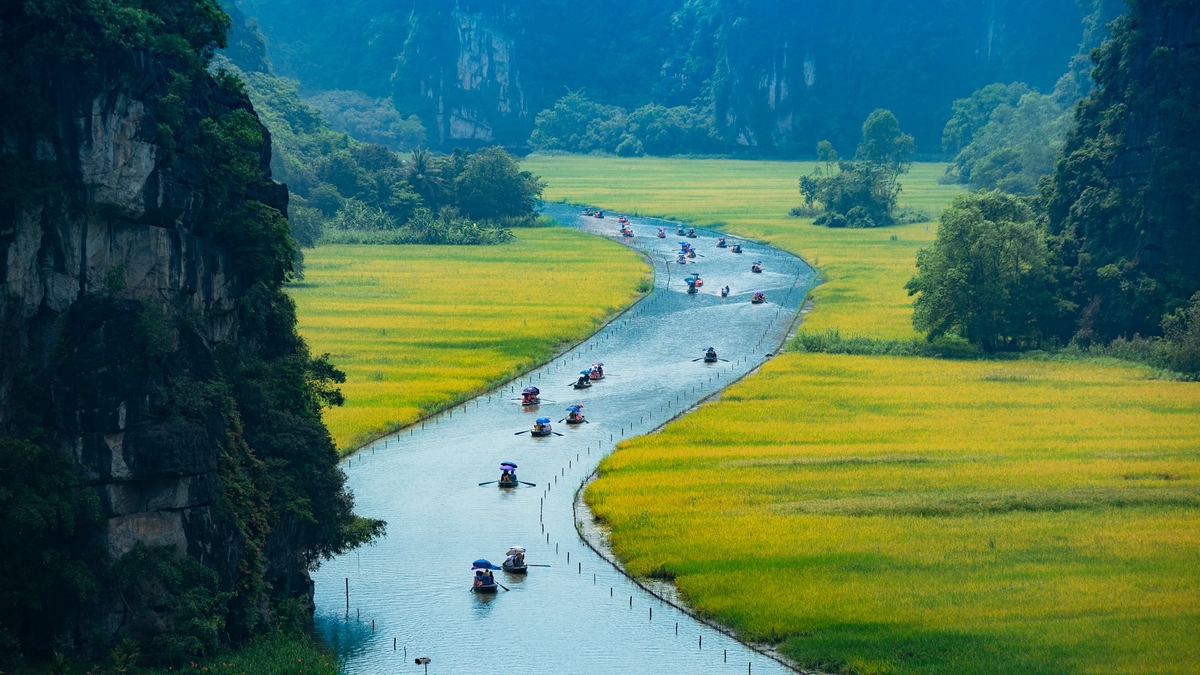
![[Photo] Da Nang: Water gradually recedes, local authorities take advantage of the cleanup](https://vphoto.vietnam.vn/thumb/1200x675/vietnam/resource/IMAGE/2025/10/31/1761897188943_ndo_tr_2-jpg.webp)




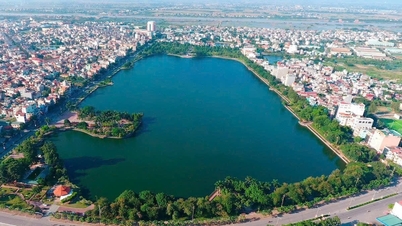

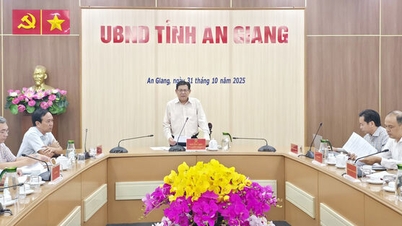

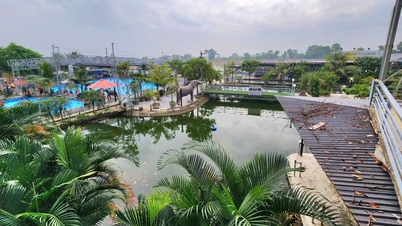
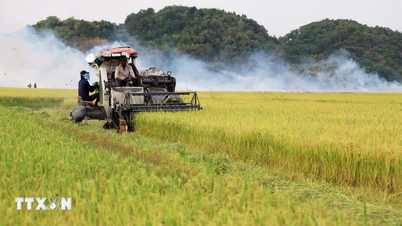




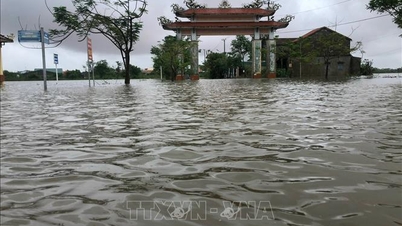
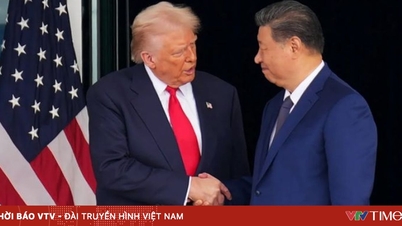
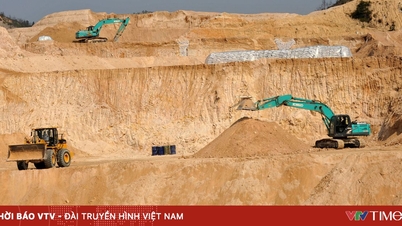

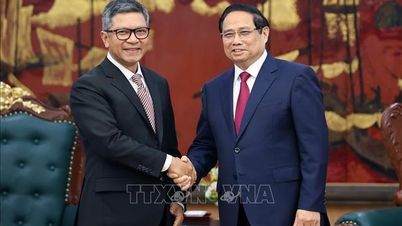




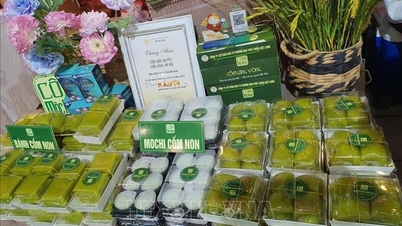
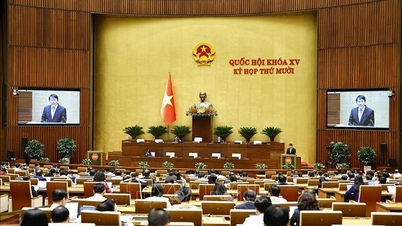

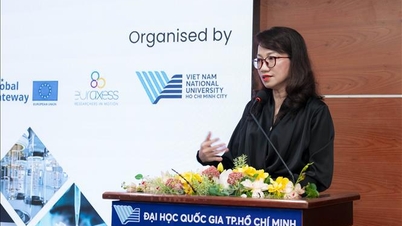
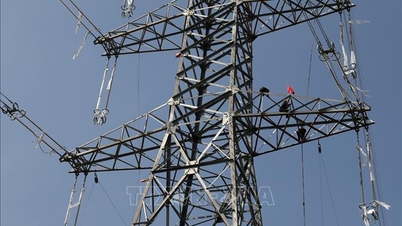
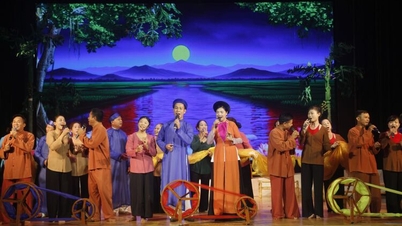

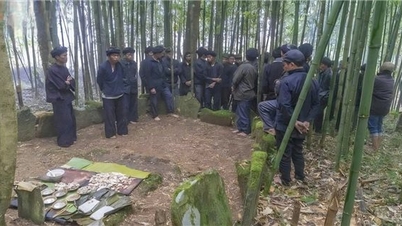

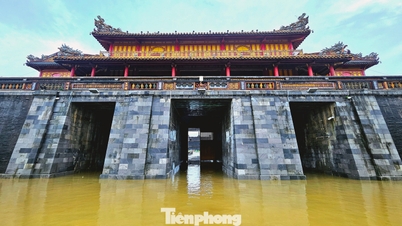

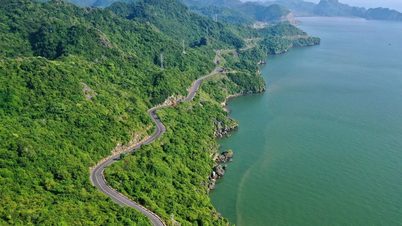

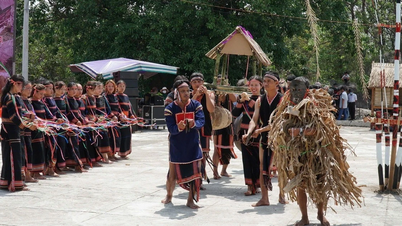


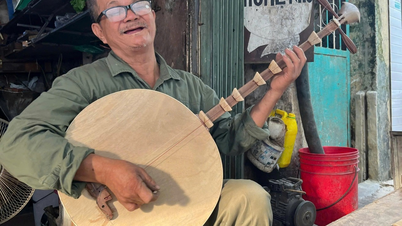









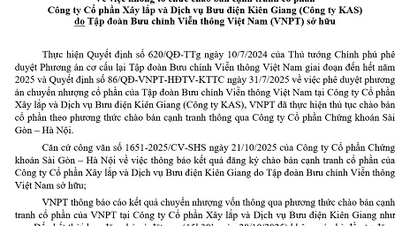


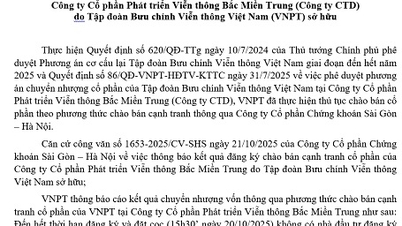
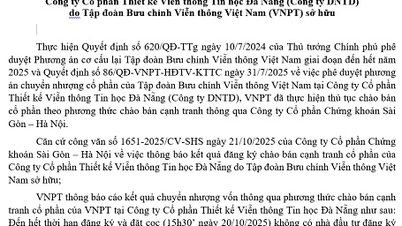








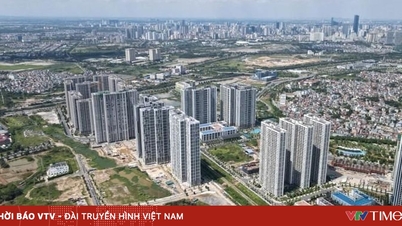


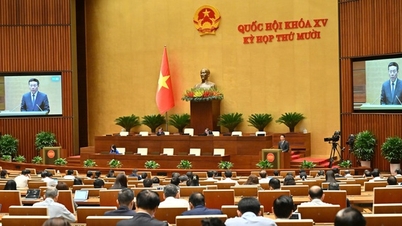

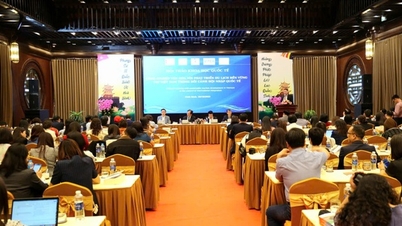
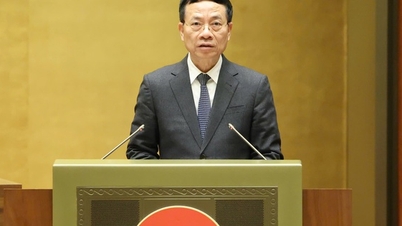
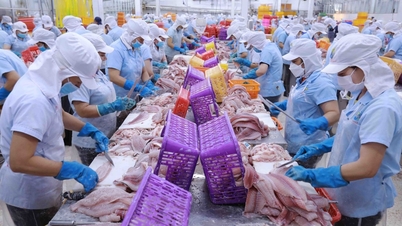
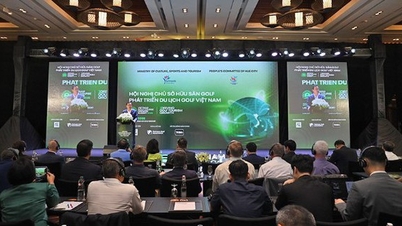




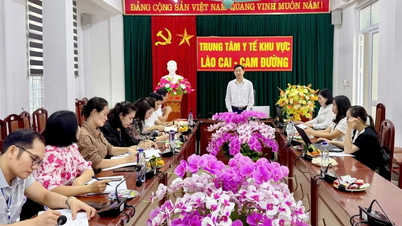





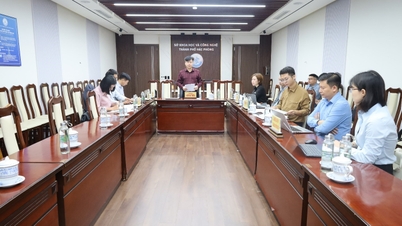














Comment (0)